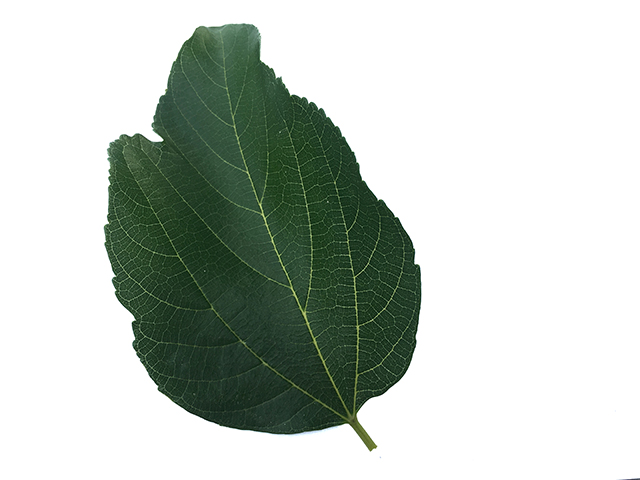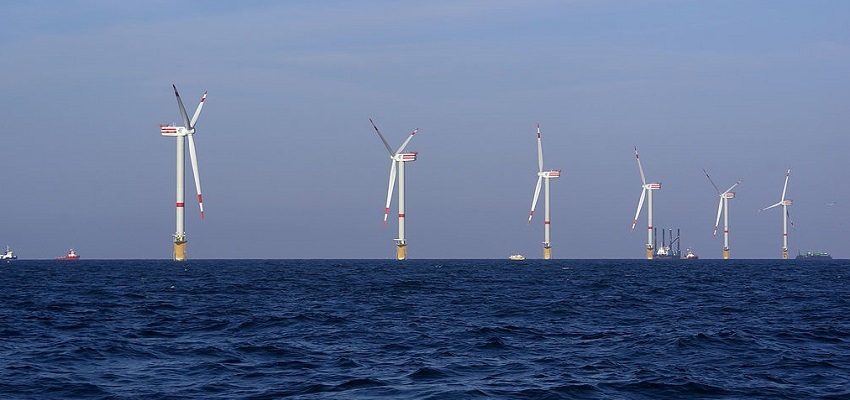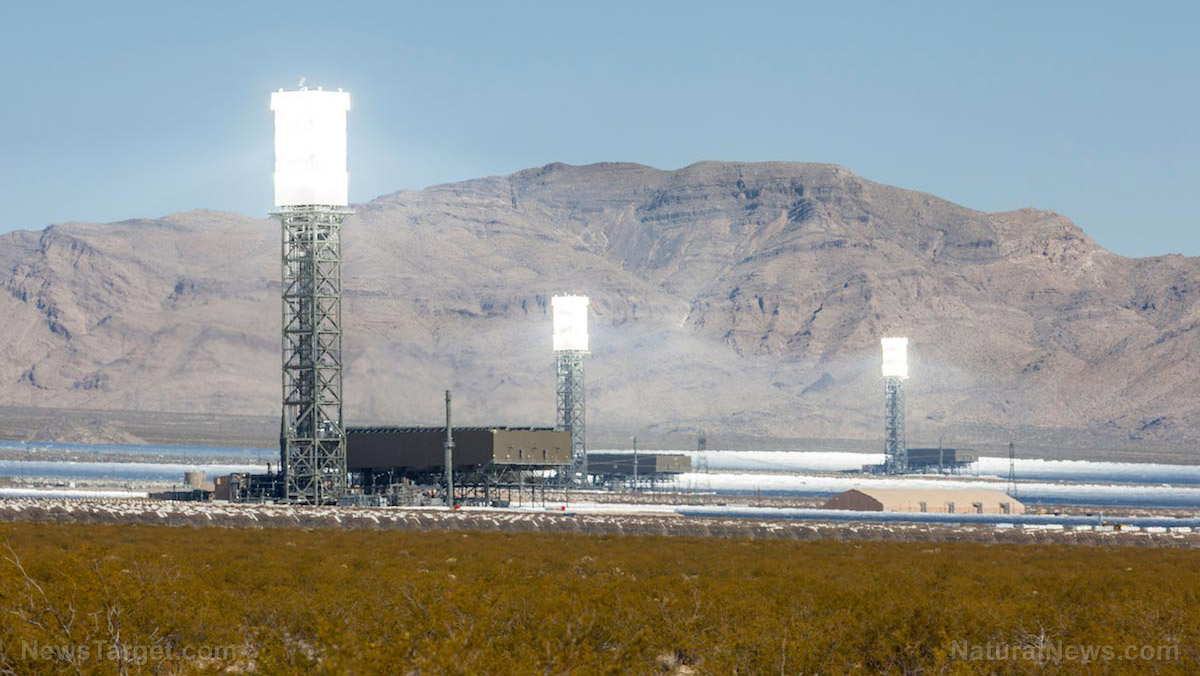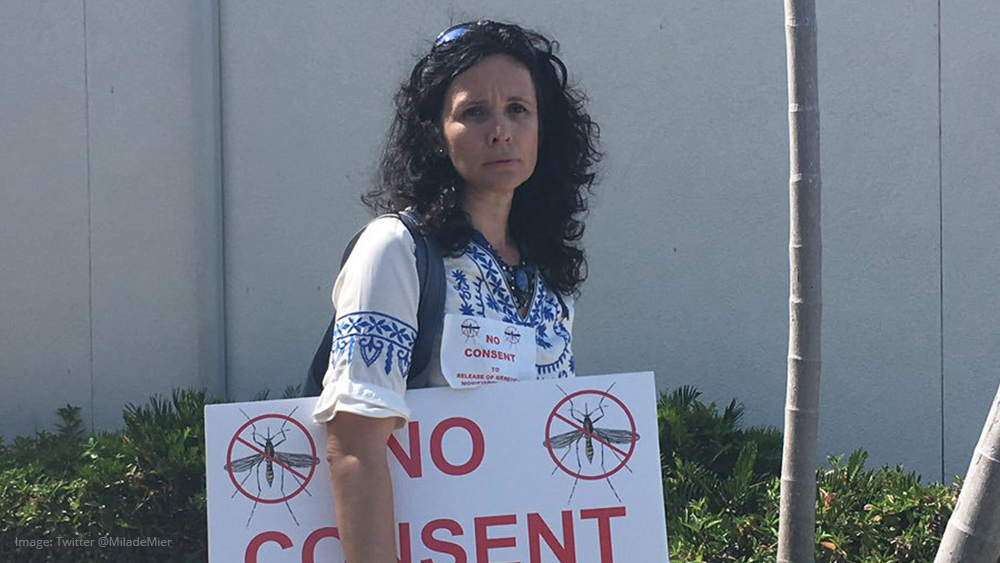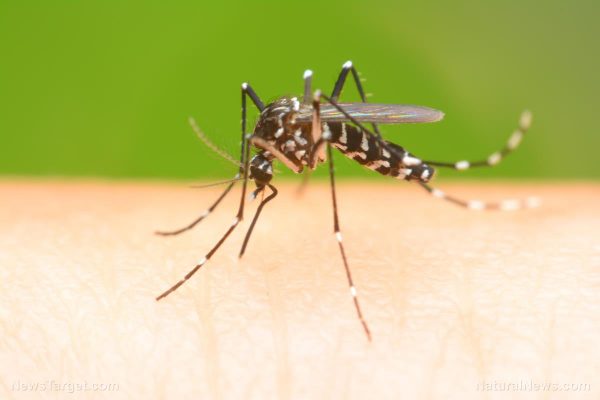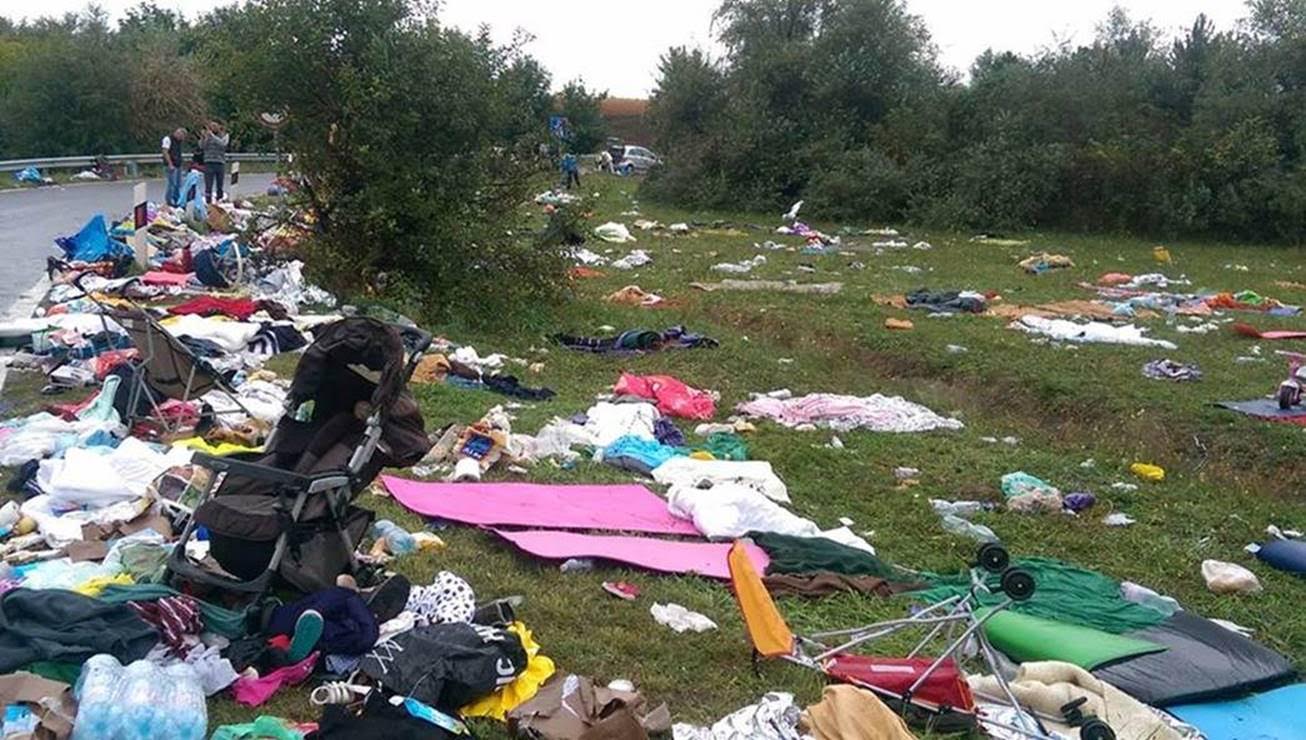Most Americans understand that in order to continue maintaining the world’s leading economy, corporations have to be regulated as lightly as possible and allowed to make a profit. But most also understand that there should be limits to both; regulations cannot be so light as to allow corporations to harm people or the environment, and profits should never be tied to products that harm.
But Dow Chemical is being allowed to do both, as it puts pressure on farmers to continue using a pesticide that scientists and researchers have tied to childhood ADHD and autism.
As reported by The Intercept, no comprehensive studies were done prior to 2014 into the link between autism and the chemical chlorpyrifos, which Dow manufactures as one of its principle pesticide ingredients.
The CHARGE study, conducted by the University of California-Davis, examined the environmental causes of autism and developmental delay. It found that nearby applications of agricultural pesticides dramatically boost the risk of autism.
Researchers found that mothers who lived less than a mile from fields being sprayed with chlorpyrifos during their second trimester of pregnancy increased their chances of having their child develop autism more than threefold.
Since then, dozens of other studies have linked even small amounts of fetal exposure to the chemical with other neurodevelopmental problems, including ADHD, lower IQ and intelligence, and difficulties in learning.
Finally, in November, the U.S. Environmental Protection Agency issued a groundbreaking report that made clear the serious health dangers posed by chlorpyrifos. The report, titled, Chlorpyrifos Revised Human Health Risk Assessment, detailed evidence that the pesticide produces intelligence deficits as well as motor, attention and memory problems in children. The report states that children under the age of 2 risk exposure to the chemical just in their food alone, at levels that are 14,000 percent higher than the level the EPA now considers to be safe. (RELATED: What else is the EPA up to? Stay informed at EPAWatch.org)
Dow, which still makes most of the products that contain chlorpyrifos, has consistently disputed the steadily mounting evidence that its bread-and-butter chemical harms kids. However, the government report makes it clear that the EPA now believes and accepts scientific research conducted independently that the chemical which is used to grow so much of our food is dangerous.
A pre-publication copy of the report, The Intercept noted, said that “residues of chlorpyrifos on most individual food crops exceed the ‘reasonable certainty of no harm’ safety standard under the Federal Food, Drug and Cosmetic Act.” In layman’s terms, that simply means that any particular sample of food may contain unacceptably high levels of chlorpyrifos.
But that’s not all. Officials believe that drinking water and non-drinking water exposures to chlorpyrifos also exceed what is safe. So the only remaining reasonable step is to ban the chemical altogether.
Advocates for public health have been pressuring the EPA to ban the pesticide for a number of years. Also, The Intercept reported, four months prior to the release of the report, 47 scientists and doctors who have expertise in childhood neurological development, to include the director of the National Institute of Environmental Health Sciences, warned that toxic chemicals in the environment are boosting children’s risk of developing cognitive, behavioral and social disorders, as well as contributing to the rise of ADHD and instances of autism.
Called the TENDR statement, it included a list of the most dangerous neurotoxins, and was akin to a plea for immediate action from government regulators to take them off the market. Organophosphate pesticides, the group to which chlorpyrifos belongs, sat atop the list.
However, when the EPA’s report was published indicating that the agency appeared ready to finally take action against chlorpyrifos, there was not much joy among scientists and environmental activists because, just a few days earlier, GOP nominee Donald J. Trump was elected president.
The fear among scientists is that Trump will ignore the rule or try to change it. His inauguration Jan. 20 was three days after the mandatory 60-day commentary period for the rule/ban ended. The final rule would then take effect March 31. (RELATED: What’s the latest on the science front? Find out at Scientific.news)
Trump has not indicated that he would block this ban, and The Intercept offered no evidence that it would happen. The fear revolves around Trump’s pledge to cut red tape and bureaucracy. However, if there is solid evidence that this chemical is harming children and causing autism, Trump may prove to be the environmentalists’ best friend on this one, given his belief that too many vaccines, too quickly, can lead to autism.
J.D. Heyes is a senior writer for Natural News and News Target, as well as editor of The National Sentinel.
Sources:
TheIntercept.com
BeInCharge.UCDavis.edu
Science.NaturalNews.com


